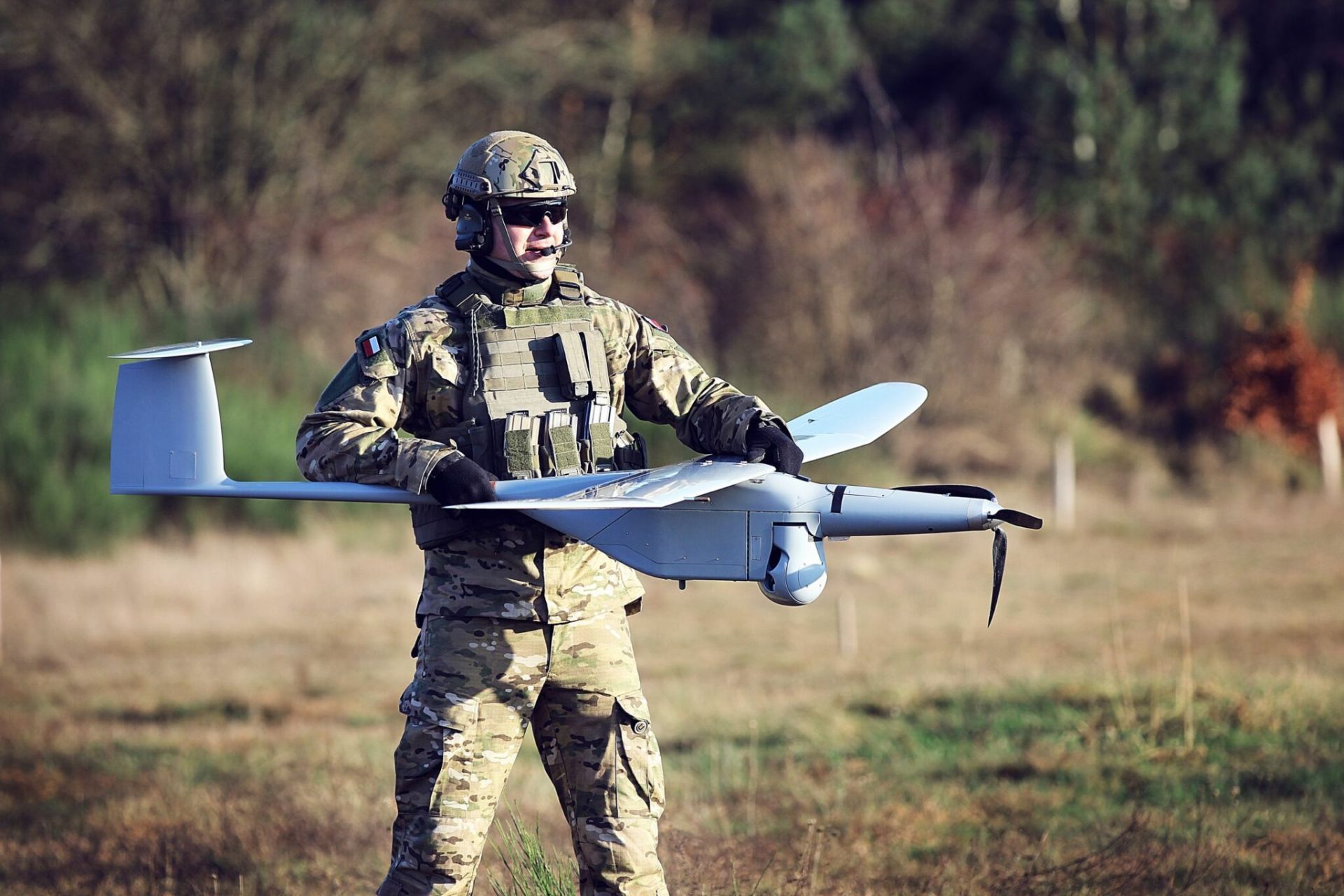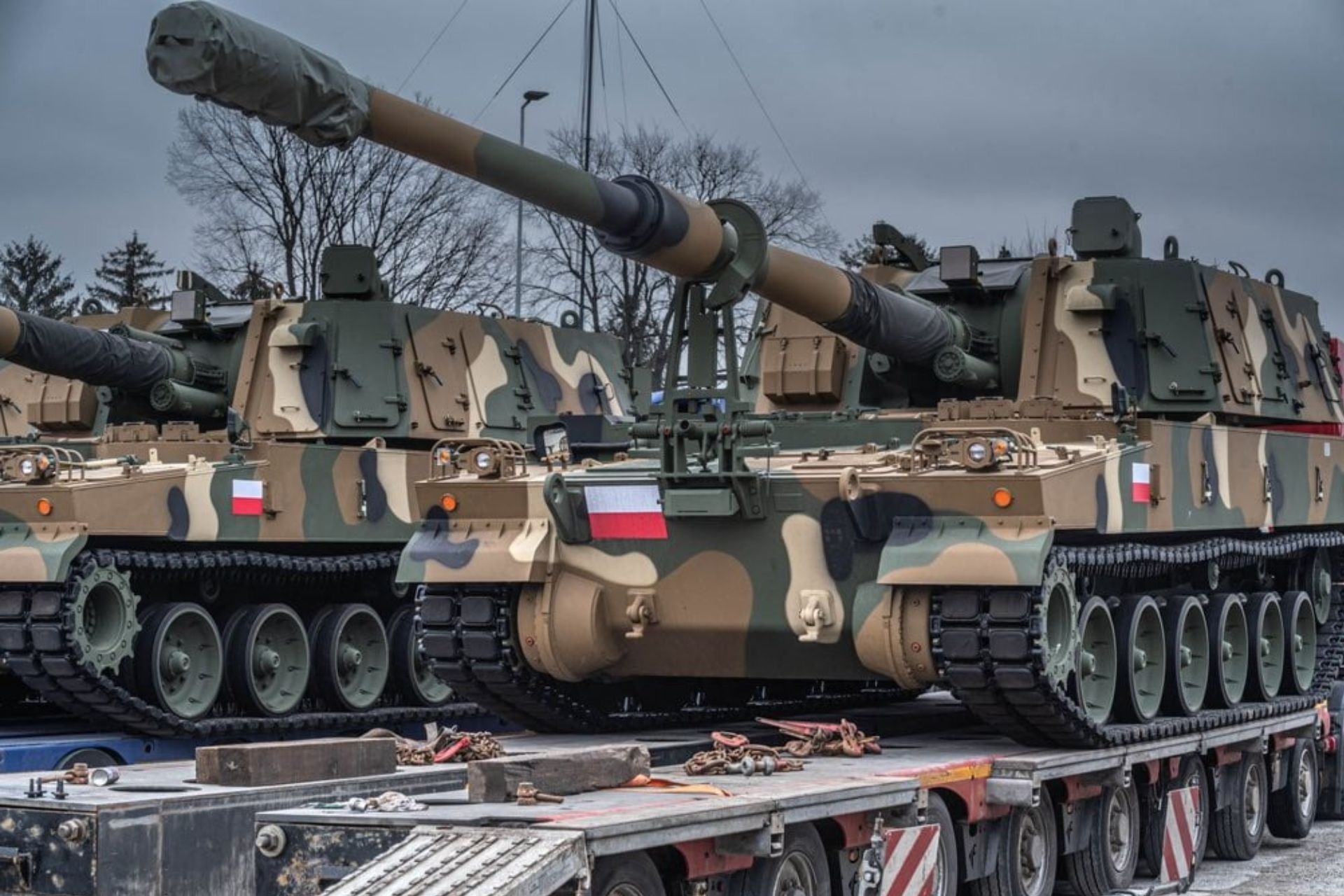Breaking News
Progress of Poland's Defense Industry Driven by Conflict in Ukraine.
The conflict in Ukraine, which escalated into a full-scale invasion in February 2022, has heightened threats to NATO members, particularly those in Central and Eastern Europe. However, this war also presents opportunities for defense industries, and Poland’s industry is no exception, as demonstrated at MSPO 2024. Warsaw has intensified its technical modernization and increased its military spending, reaching a record budget of EUR 37.6 billion in 2024, or about 4.5% of GDP. However, around 70% of this spending is allocated to imported armaments.
Follow Army Recognition on Google News at this link

The Polish-made Krab self-propelled gun-howitzer (Picture source: PGZ)
The conflict has also served as a showcase for Poland’s defense industry. While Poland has primarily supplied Ukraine with used equipment, such as MiG-29 aircraft, T-72M1 tanks, BMP-1 infantry fighting vehicles, and Mi-24 attack helicopters, domestically produced arms have also played a critical role.
PT-91 Twardy tanks, Krab 155 mm self-propelled howitzers, MSBS Grot 5.56 mm assault rifles, as well as Polish FlyEye drones and Warmate loitering munitions, have proven particularly effective in combat. The Piorun man-portable air defense system has also gained recognition, notably for its effectiveness against Russian helicopters.
The war in Ukraine has allowed several Polish factories to increase their production capacities. The Łucznik factory in Radom, which produces the Grot assault rifle, has seen a significant increase in production.
In 2023, the factory manufactured 35,000 units, with the goal of producing 100,000 rifles per year by 2026. Huta Stalowa Wola (HSW), which produces systems such as the Baobab-K mine-laying vehicle and the Krab 155 mm howitzer, has also doubled its production capacity. This expansion is supported by significant investments and the acquisition of new infrastructure.
Poland’s naval industry, which had long been in decline, is experiencing a revival with the construction of next-generation multipurpose frigates from the Miecznik series, in collaboration with foreign partners.
These frigates, based on Babcock International’s Arrowhead 140 design, will be built in Polish shipyards with significant involvement from the national defense industry. This project marks a critical step in rebuilding Poland’s military shipbuilding capabilities.

The WB Group FlyeEye unmanned aerial vehicle(Picture source: WB Group)
However, the Polish defense industry still faces significant challenges. Despite notable progress, the local industry’s contribution to the technical modernization of the armed forces remains limited, largely due to saturated production capacities.
For instance, Krab howitzer production is fully utilized, leading Poland to purchase South Korean K9 howitzers to meet short-term needs.
Poland aims to increase its production capacities, particularly in ammunition manufacturing. Currently, the Polish industry primarily assembles artillery ammunition from foreign-sourced components, limiting production to about 30,000-40,000 shells per year.
In response, Poland has launched a plan to increase this production to over 100,000 units per year by 2028, with the goal of producing ammunition entirely in Poland without foreign licensing dependencies.
Another challenge for the Polish industry lies in innovation. So far, Poland has been more successful in modernizing existing equipment than in developing new technologies. However, ambitious projects, such as the development of the Borsuk infantry fighting vehicle and the local production of Narew air defense systems, could change this trend.
Despite these challenges, the Polish defense industry has made significant progress in recent years, supported by increased investments and growing demand for its equipment, both domestically and internationally. State support, particularly through the PGZ holding, has helped the industry strengthen its position in an increasingly competitive global market.
With expanded production capacity and a commitment to reducing its reliance on imports, Poland aims to play a key role in strengthening European defense while addressing its own national security needs in an uncertain geopolitical environment.

The Polish Army on 24 February, 2024 took delivery of a second batch of 12 South Korean Hanwha K9 Thunder self-propelled howitzers (Picture source: Polish MoD)


























